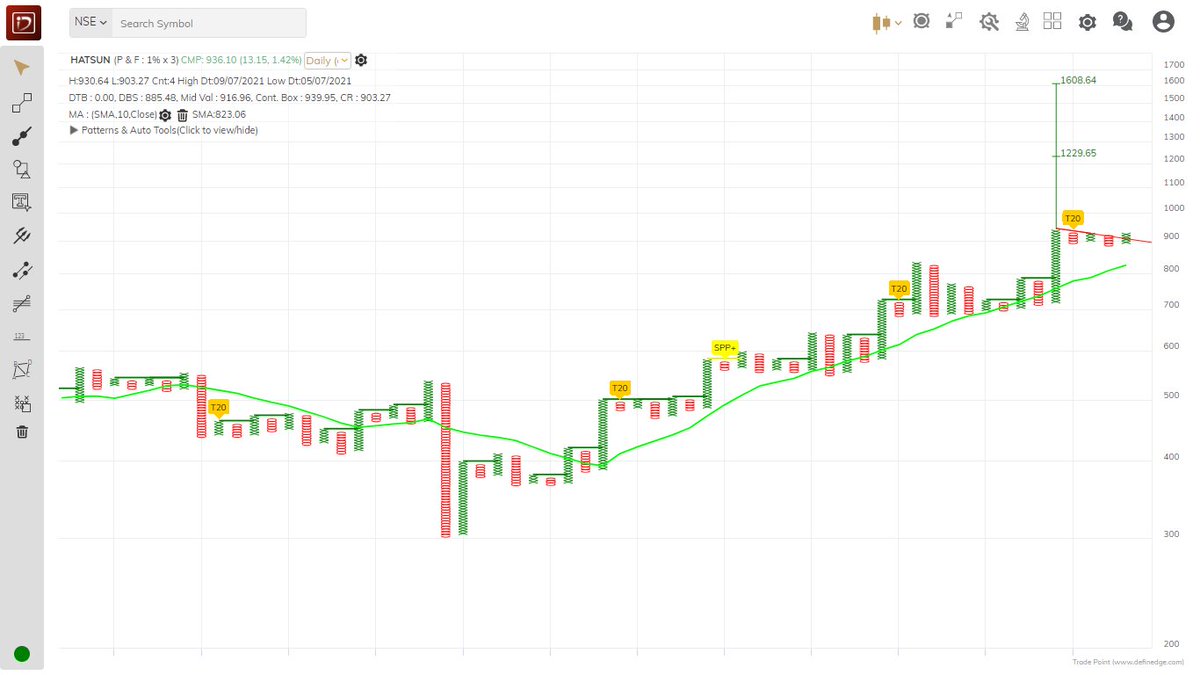Beautiful story of Shri Krishna, Mata Rukmini & Satyabhama which teaches the importance of Bhakthi.
Devotion is important than anything.
#bhakthi
🕉
Satyabhama, royal princess was very proud of herself. Rukmini was very humble, her devotion was pure to Shri Krishna.
One day, Rishi Narada( Kalahapriya) arrived in Dwaraka and met Sathyabhama. In between the conversation he hinted that Krishna exhibits affection more to Rukmini than her. Worried Sathyabhama asked what can should be done to gain Krishna's undivided attention.
@SriramKannan77
Narada asked Satyabhama to make a vow, that she will hand over Krishna to him as a slave, if she cannot trade wealth equivalent to Krishna's weight. Narada thus convinces Sathyabhama that Krishna will admire her for sacrificing all her wealth for him.
Sathyabhama was sure that she have enough wealth to balance Krishna.
She went to Krishna and told about her vow to Narada. Krishna patiently listened to her and accepted the challenge. Satyabhama arranged to bring large scales to weigh and brought all her precious jewels.
Krishna patiently sat on one plate of the Scales (tula). Sathyabhama started piling up the gold, jewels on the other plate. She kept adding more and more wealth, but the pan with Krishna did not even budge. Even after keeping all her jewels the scale did not move a little
